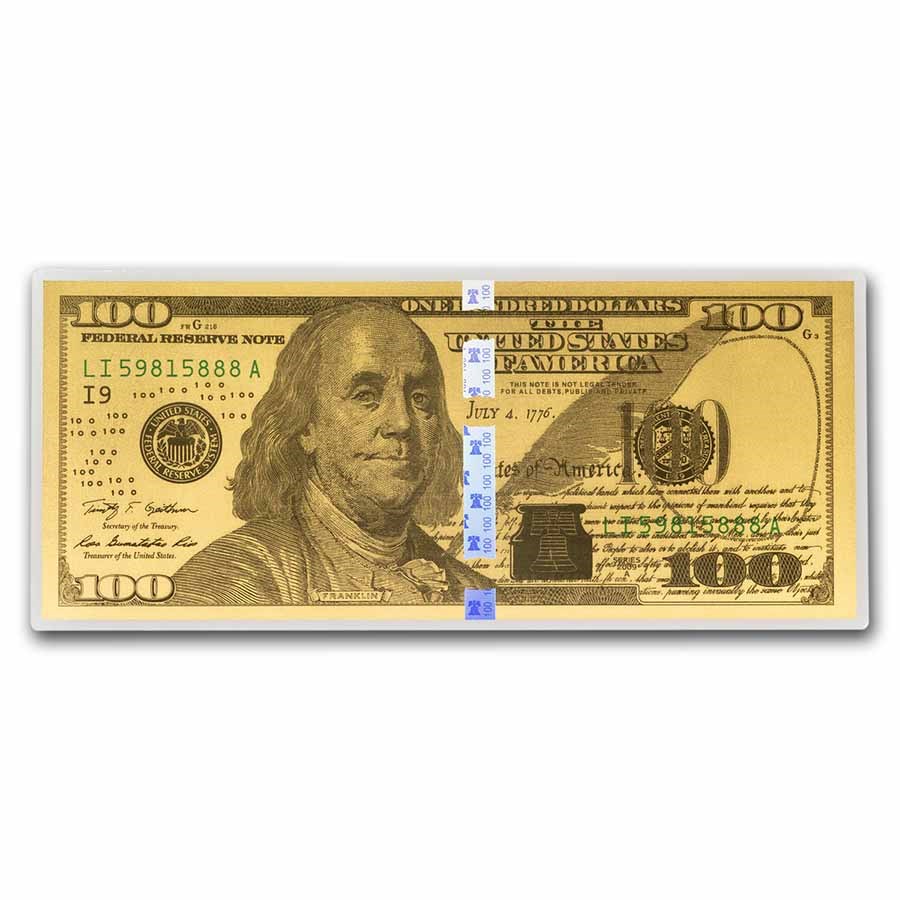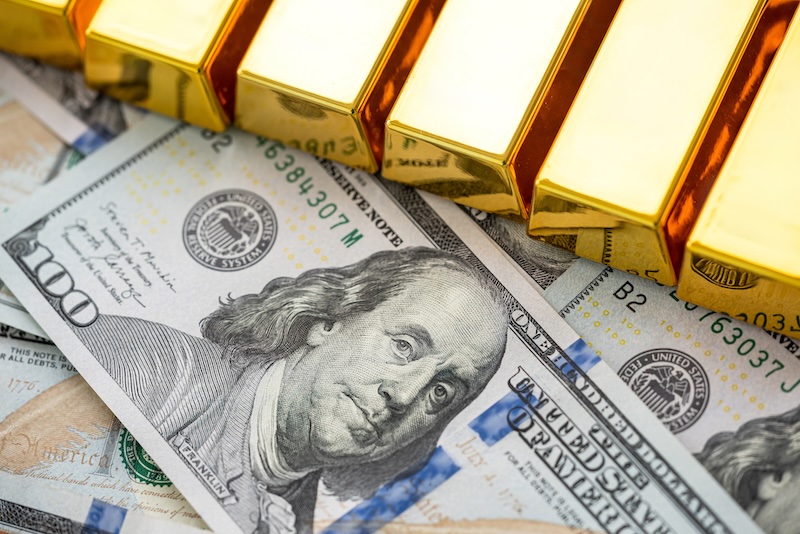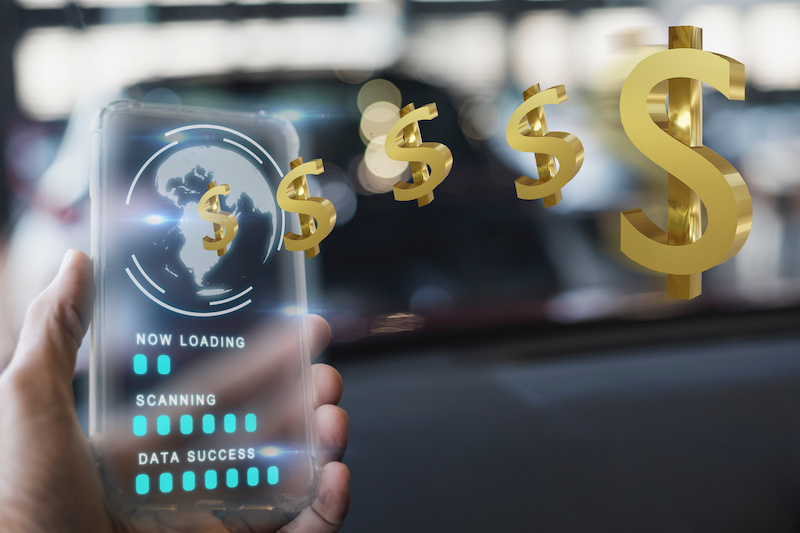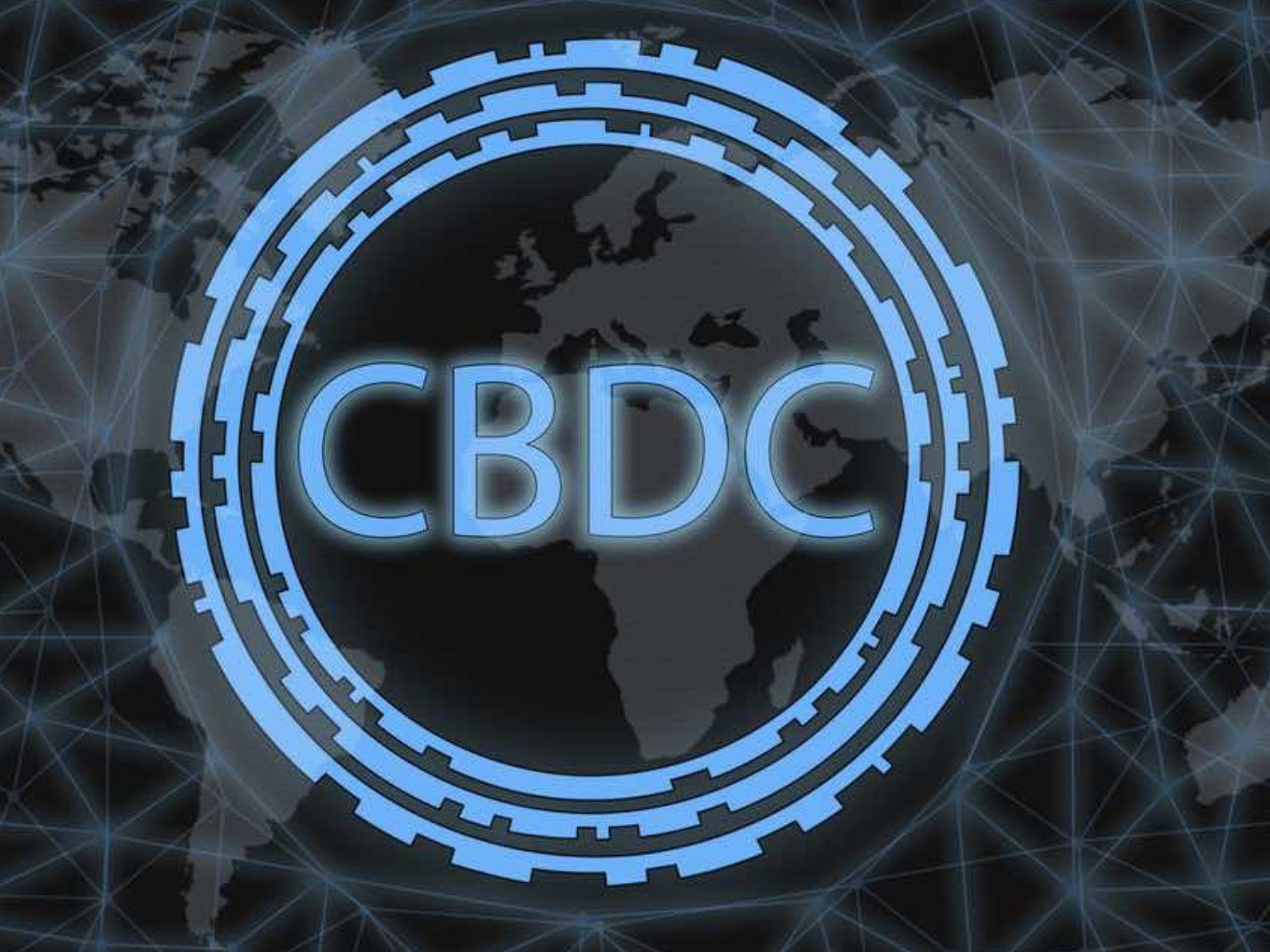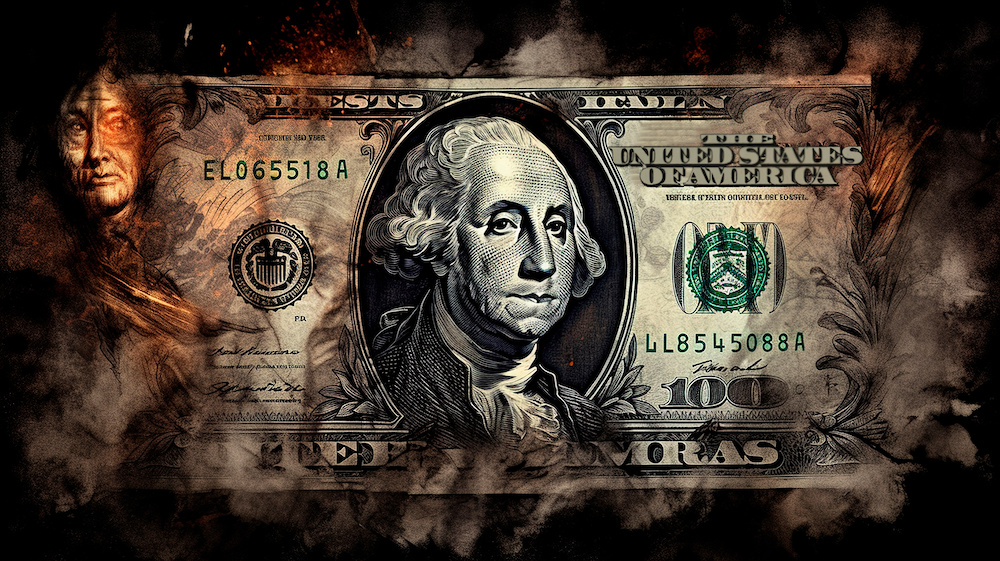Elected officials from both the Texas Senate and House have proposed complementary bills to create a state issued digital currency option that would be backed with gold.
The State of Texas would hold gold in a trust require the state comptroller establish a digital currency that is fully backed by gold bullion for everyday transactions. The state issued digital currency would be fully redeemable for either fiat cash or gold.
The proposed digital fiat would be a legal alternative to Federal Reserve notes or any CBDC and shows strong leadership amongst the states in developing sound money principals.
There is growing interest across a variety of states to return to a gold standard.
The Goldback currency is a good example of a grass-roots level gold-backed specie. that is accepted for goods and services in Wyoming, Utah, New Hampshire and Nevada. Each foil note contains a fractional amount of gold based on the face value shown.
Goldbacks notes are available in a variety of denominations that are smaller than those typically found in fractional gold coins.
The Texas Bullion Depository
After the end of the Great Recession in 2012, elected officials sought to reassure Texans of the financial soundness of the state. The result is a state-of-the-art secure bullion depository that has been in operation just outside of Austin in Leander, TX.
The Texas Bullion Depository opened on June 1, 2018.
End the Fed
There has been a growing movement afoot amongst states to return to the notion of sound money as it’s described in the constitution.
Last year, the Fed announced a twelve week long trial of an interbank CBDC program amongst a variety of private banks and government agencies.
Last week, under the guise of the current banking crisis, policymakers at the Fed launched the FedNow service and will be requiring banks begin using it later this year.
There are many controversies surrounding the adoption of CBDC by the Federal Reserve. The long term goal of central bank digital currencies is to eventually remove all cash, coinage and paper money from the economy.
Removing cash from the economy and replacing it with a digital software token allows a central authority to control how you spend your money.
The Federal Reserve is the Central Bank of the United States. Many believe that the bank is owned by the US government. However, the Federal Reserve is a private bank that pays itself the profit of the interest payments on government debt.
In 1910, a group of elite bankers and politicians met in secret at a resort on a private island off the coast of Georgia and came up with the Aldrich plan which evolved into the Federal Reserve Act of 1913.
Today, the Federal Reserve system is a series of twelve regional central banks that are overseen by a board of governors.
Each Reserve Bank is organized like a corporation. The member banks in each region own the capital stock of each regional reserve bank.
In simplest terms, the regional reserve banks are private companies that are given authority by the government to operate banking and economic activity on its behalf.
The reserve banks are instruments of the government and are neither wholly nor partially owned by the government. Employees are not civil service employees and the Fed continues to operate when the government shuts down.
There are currently several bills circulating in both the House and the Senate to block the Fed Reserve from issuing a central bank digital currency in the United States.

